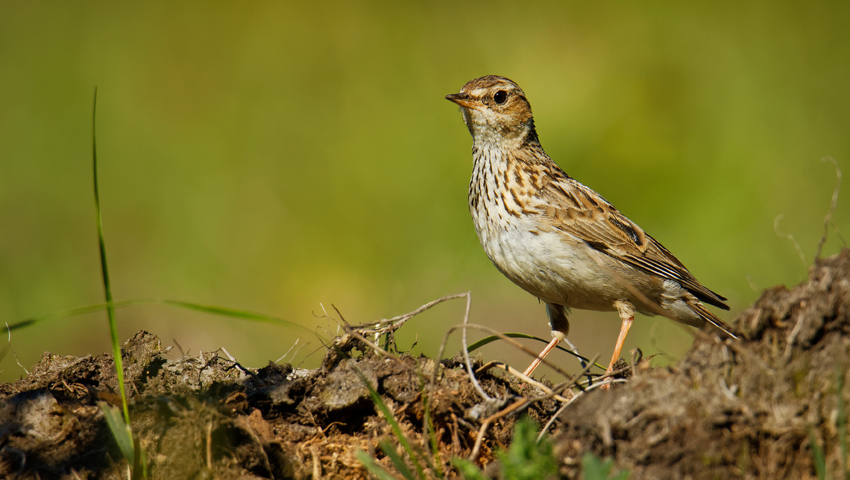A TEAM of over 50 researchers has found that farmland practices are driving bird population decline across Europe. The study was published in the Proceedings of the National Academy of Sciences and found that numbers have fallen by 56.8% since research began. Numbers of urban dwelling birds are down 27.8%, and among woodland dwelling birds the fall is 17.7%.
Intensive agriculture was identified as a major factor in decline. At the continental European scale, the negative relationship between pesticide and fertilizer use was identified as the main driver of the decline of bird populations.
Furthermore, bird populations in countries with smaller agricultural production units were found to be in better condition, indicating that the increase in the size of production units, another key aspect of agricultural intensification, also contributes to the decline of bird populations, probably through the reduction of habitat.
The study is believed to be one of the most complete analyses, at the continental European scale, of the effect of anthropogenic pressures on common breeding bird population dynamics.
The researchers say that declines in European bird populations have been reported for decades but the direct effect of major anthropogenic pressures on such declines remains unquantified.
“Here, we uncover direct relationships between population time-series of 170 common bird species, monitored at more than 20,000 sites in 28 European countries, over 37 years, and four widespread anthropogenic pressures: agricultural intensification, change in forest cover, urbanisation and temperature change over the last decades.
“We find that agricultural intensification, in particular pesticides and fertiliser use, is the main pressure for most bird population declines, especially for invertebrate feeders.”
Specifically populations of farmland species have been more affected (−56.8%) than other groups of common birds such as woodland birds (−17.7%), urban dwellers (−27.8%), cold dwellers (−39.7%), and hot dwellers (−17.1%)
Changes in forest cover, urbanisation and temperature have also had an effect, but these are more species-specific. “Specifically, forest cover is associated with a positive effect and growing urbanisation with a negative effect on population dynamics, while temperature change has an effect on the dynamics of a large number of bird populations, the magnitude and direction of which depend on species’ thermal preferences.”
The scientists say that their results not only confirm the pervasive and strong effects of anthropogenic pressures on common breeding birds, but also quantify the urgent need for transformative changes in the way of inhabiting the world in European countries, if bird populations shall have a chance of recovering.
